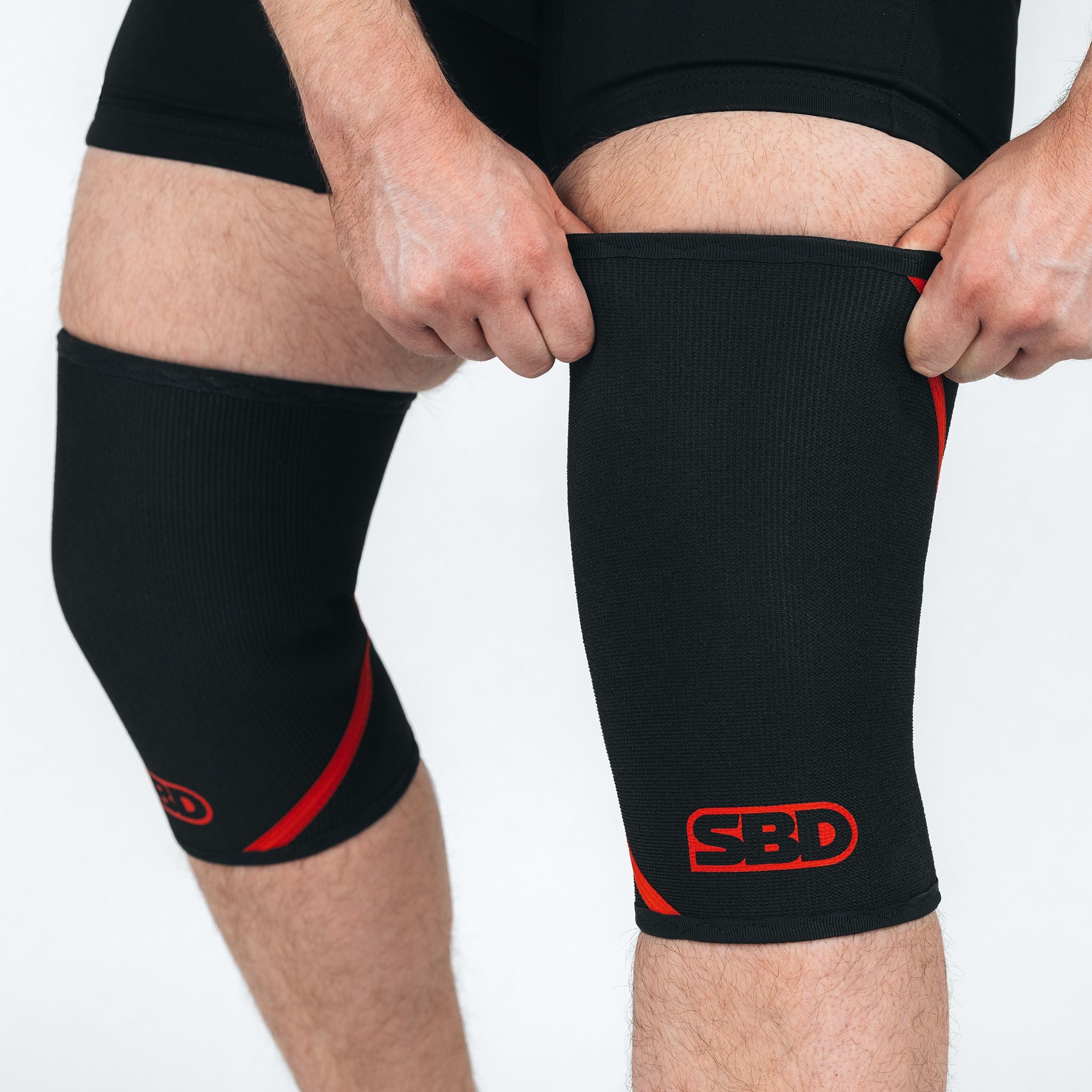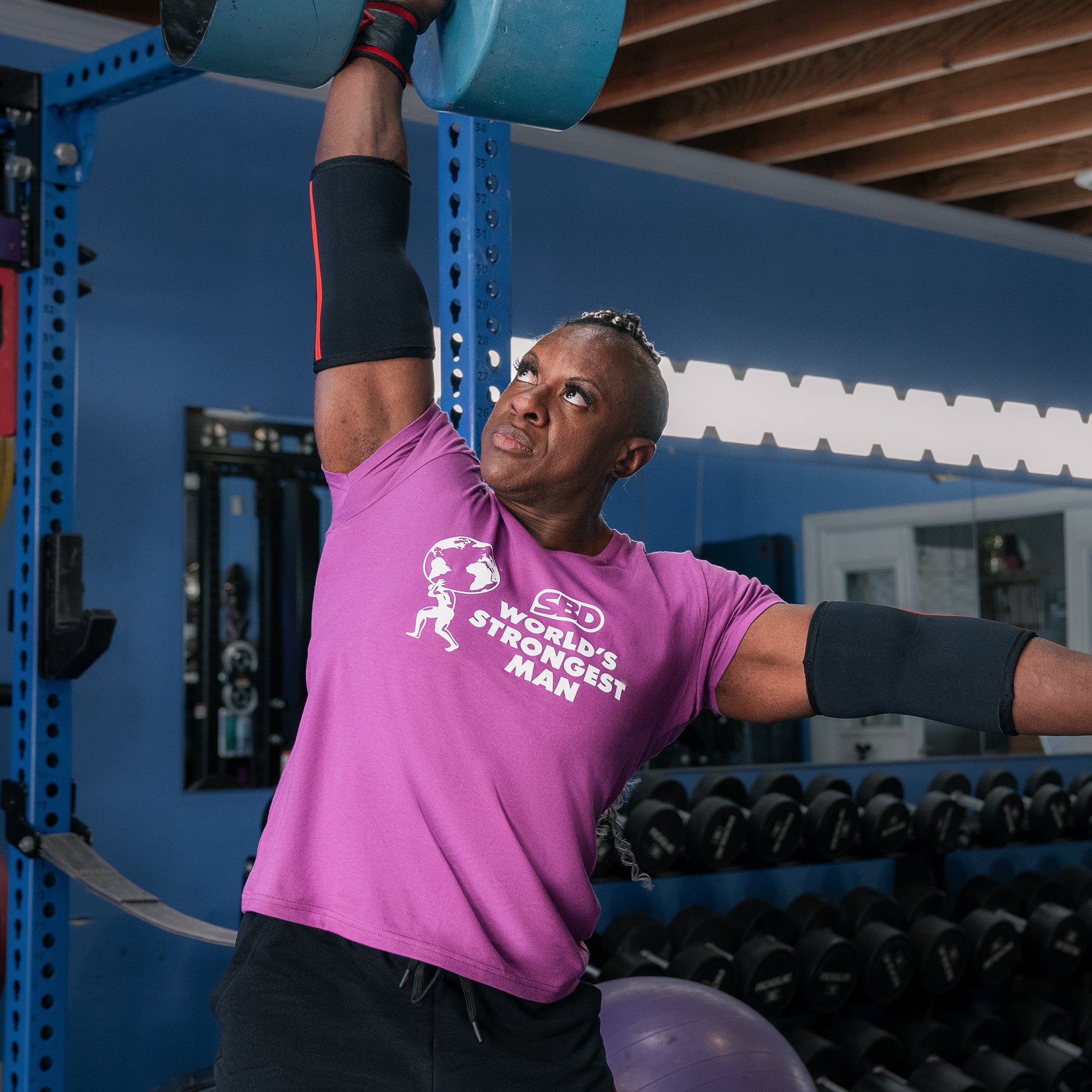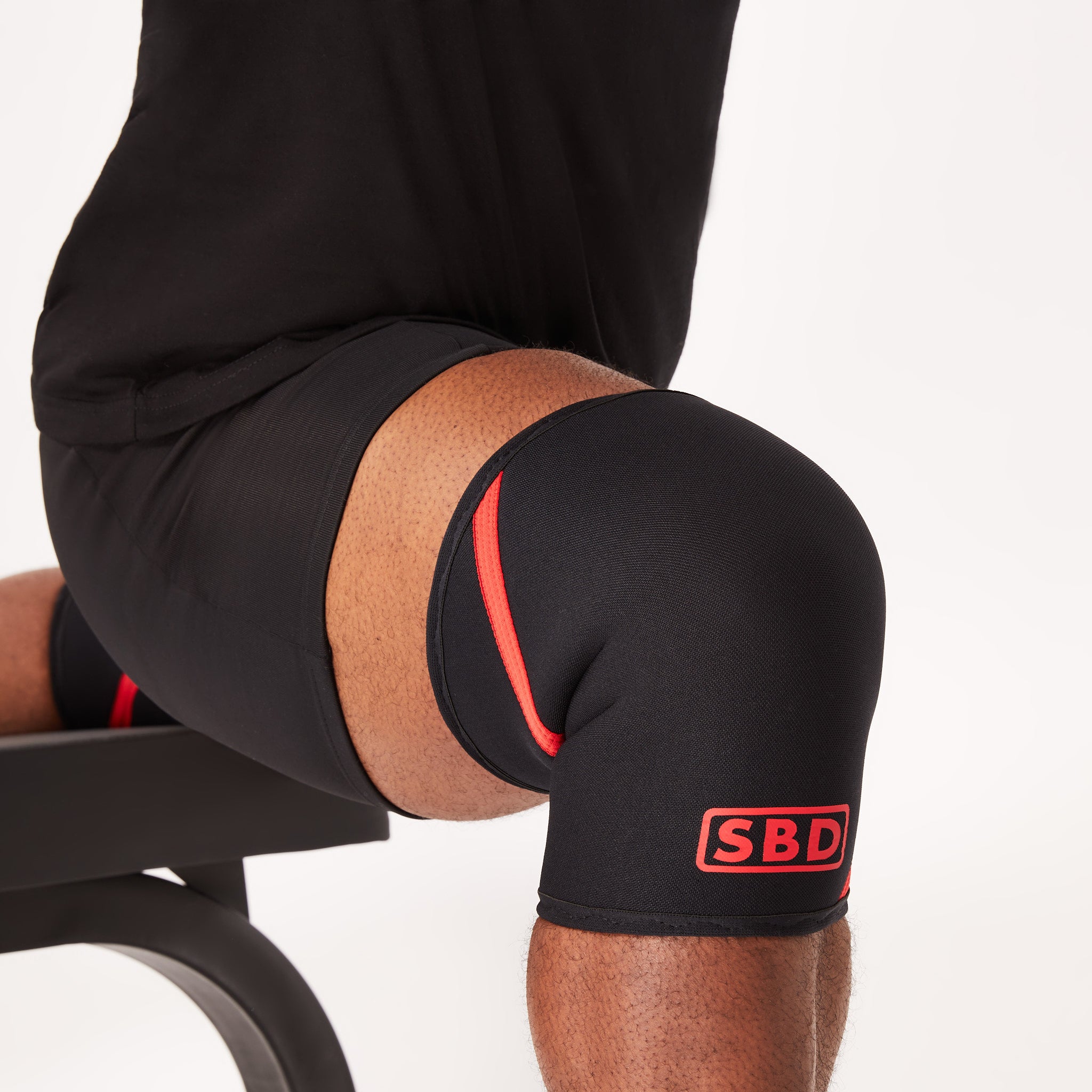Meet Preparation, Peak and Taper
by Connor Lutz
Preparing for a competition is as much mental as it is physical; far too often the results of a productive “base” or developmental cycle are not realized due to poor development of the meet prep or peaking phase. You hear all the time of lifters hitting personal bests a month out from competition following some good hardnosed volume work expecting massive gains from their “peak”, bodyweight manipulation aside, this predictive progress rarely comes to fruition. Before we can consider why this might be the case, a basic understanding of the variables at play during training development need to be understood.

Probably the most important variable is volume. A term that’s misuse is a personal pet peeve of mine. Commonly, volume is used synonymously with repetitions, which is not the case. More reps per set can certainly aid in volume accumulation; however high reps are not the same as high volume. In fact “high” volume is a relative term, but that’s a discussion for another day. Volume by definition is a measure of work, often measured in tonnage, expressed as the total amount of pounds or kilos moved in a given exercise. This is derived by multiplying the total reps by the load.
Simply put, Volume = sets * reps * load
Consider this:
|
Lifter A |
|
Lifter B |
|
3 sets * 10 reps * 100kg = 3000kg |
vs |
10 sets * 3 reps * 100kg = 3000kg |
In both examples above, the tonnage (volume) is the same. Lifter A does not miraculously accumulate higher volume because sets of 10 were performed compared to the sets of 3 Lifter B performed. At this point I think it is fairly well understood that volume is a key component to eliciting progress in strength, with optimal accumulation varying in effectiveness from program to program, lifter to lifter. Very generally speaking, if you do more work than you did the previous training cycle you are providing a stimulus which your body must adapt to, therefore getting stronger.
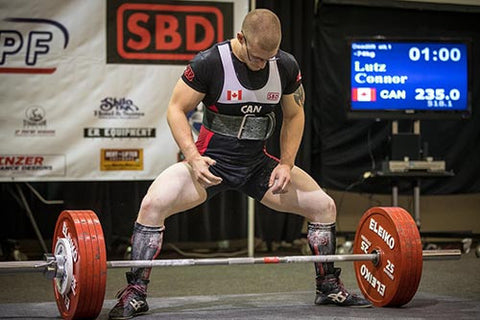
Now I’m sure all you critical thinkers out there are saying; “10 reps at 100kg is a lot harder than 3 reps at 100kg, how could they possible measure to be the same?” What you’re referring to is a measure that considers intensity vs the number of lifts per set (INOL). In layman’s terms, INOL is a measure of exertion which is commonly tracked using rate of perceived exertion (RPE). RPE gives us some form of evidence as to how hard the work actually was. Assuming relative intensity is the same amongst lifter A and lifter B, we can presume that 10reps at 100kg was perceived to be more difficult that 3reps at 100kg. Exertion however, should not be confused with intensity.
Intensity is multifaceted, being measured in a few useful ways; relatively, absolutely and on the average. Absolute intensity refers simply to the weight on the bar. This is more important to consider when comparing training and recovery from one lifter to another. Relative intensity is expressed as a percentage of 1 rep max and is typically considered as the measure of ‘intensity’ within a program. Additionally, intensity can and should be measured on the average across micro cycles of training. This allows the manipulation of the load on the bar to be standardized for a collection of training sessions working towards an end fatigue target.
For example, a lifter with a maximum squat of 200kg has the following microcycle:
|
Day 1 |
Day 2 |
Day 3 |
|
5 x 5 x @75% (150kg) |
5 x 1 x 80% (160kg) |
5 x 3 x 85% (170kg) |
The load its self, 150kg, 160kg and 170kgs represent absolute intensity. Relatively speaking these are 75%, 80% and 85% of 1RM (200kg). However, across the microcycle the lifter logged 7100kg of volume spread out over 45 squats (71000kg/45 lifts * 100) making the average intensity 78.8%. I’ll spare everyone the agony of expanding further into the calculation of training variables as that is not the intent of the article, but now we can begin to see how any small change to the sets, reps, load and training frequency can drastically effect volume and intensity measures that contribute to athlete progress and performance!
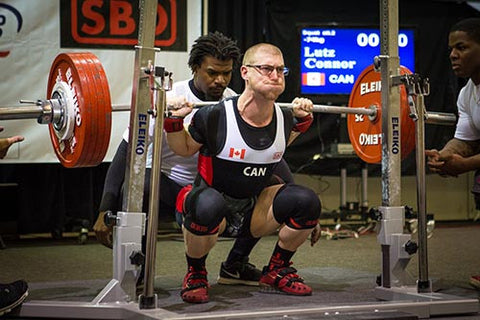
Now that we’re done nerding for a little bit we can discuss some terms regularly used when considering prepping for a meet, deload/reload, peak and taper. It’s pretty common knowledge that following a training cycle taking a step off the gas pedal is beneficial in terms of physical health, performance and recovery however differentiating between a reload and deload can be useful when considering the entire macro cycle, the big picture, of training. There are numerous protocols people follow when deloading, most of which drastically reduce fatigue through a reduction in daily volume and intensity. A reload however, I’ve defined as a reduction in average volume OR average intensity with the goal of reducing exertion over the course of a micro cycle, typically a week, while stringing blocks of training together. Reducing one of the two variables reduces exertion but still maintains a level of fatigue and training stimulus. Anecdotally I’ve found this allows for a smoother transition from one training block to another without inherently peaking from a complete deload of both volume and intensity which sometimes makes the start of a new training cycle slow and sluggish. This ultimately reduces the effective progression of that training cycle.

Lastly let’s discuss the peak and taper, the glorious taper. Often times I think the taper is confused with the deload and they are not the same thing. There are different methods to tapering and dependent on how the training schedule is structured, lots of times the entire peaking cycle is in itself the taper. Tapers are a sustained reduction in training volume, generally accompanied by an increase in intensity although this is not always the case (for example: sheiko training templates). The idea is that by reducing volume the body is able to realize the strength that was developed over the course of all the developmental or base building training blocks. By reducing volume the body becomes less fatigued and is more prepared to handle a maximum effort. This is where most lifters make mistakes. People by nature assume more is better. “More volume will give me more progress”. “Less fatigue will give me a bigger max on competition day”. Lifters will log massive amounts of volume through their base training and when it comes time to peak, reduce volume by 50, 60 sometimes 75%! Things feel great to start the block but as the meet approaches and intensities climb the loads are feeling exponentially heavier. What’s going on!? While there is some evidence behind this thinking, reason must also be applied. You’ve been handling volume PRs and likely closing in on relative max loads all while swamped in training volume. If a perfect taper is only proven to elicit a 2-5% increase in performance is it reasonable to assume reducing volume by 75% will give you that extra boost? Or if we’ve already established that volume elicits progress in the form of strength. Is it more reasonable to assume that drastically reducing stimulus over an extended period of time as defined by the taper has actually detrained the lifter from performing maximally? Each program, each lifter and even each lifter’s individual lifts are going to respond differently to different modalities of tapering. Be critical of your training schedule and consider if what you are doing is in the best interest of performance on meet day. When you’re peaking your lifts shouldn’t feel good, in fact they should feel bad. The peak by definition is where your volume AND relative intensity are highest. The idea is you wear yourself down to reap the reward of tapering the volume in exchange for an increase in absolute intensity. This is the stimulus that will force your body to adapt. Now of course you want to time the taper and deload so that it doesn’t feel bad on the day of the competition! Which leads me to present the idea that maybe you need to maintain more volume during your peak and taper, providing the stimulus that elicits strength.
When developing your next contest preparation cycle consider applying these concepts in the following macro cycle of training!

Connor has represented Team Canada internationally multiple times in both the 74 and 83kg classes, having broken records from the provincial to world level, ranking as one of the top 10 classic lifters in Canada all-time.


